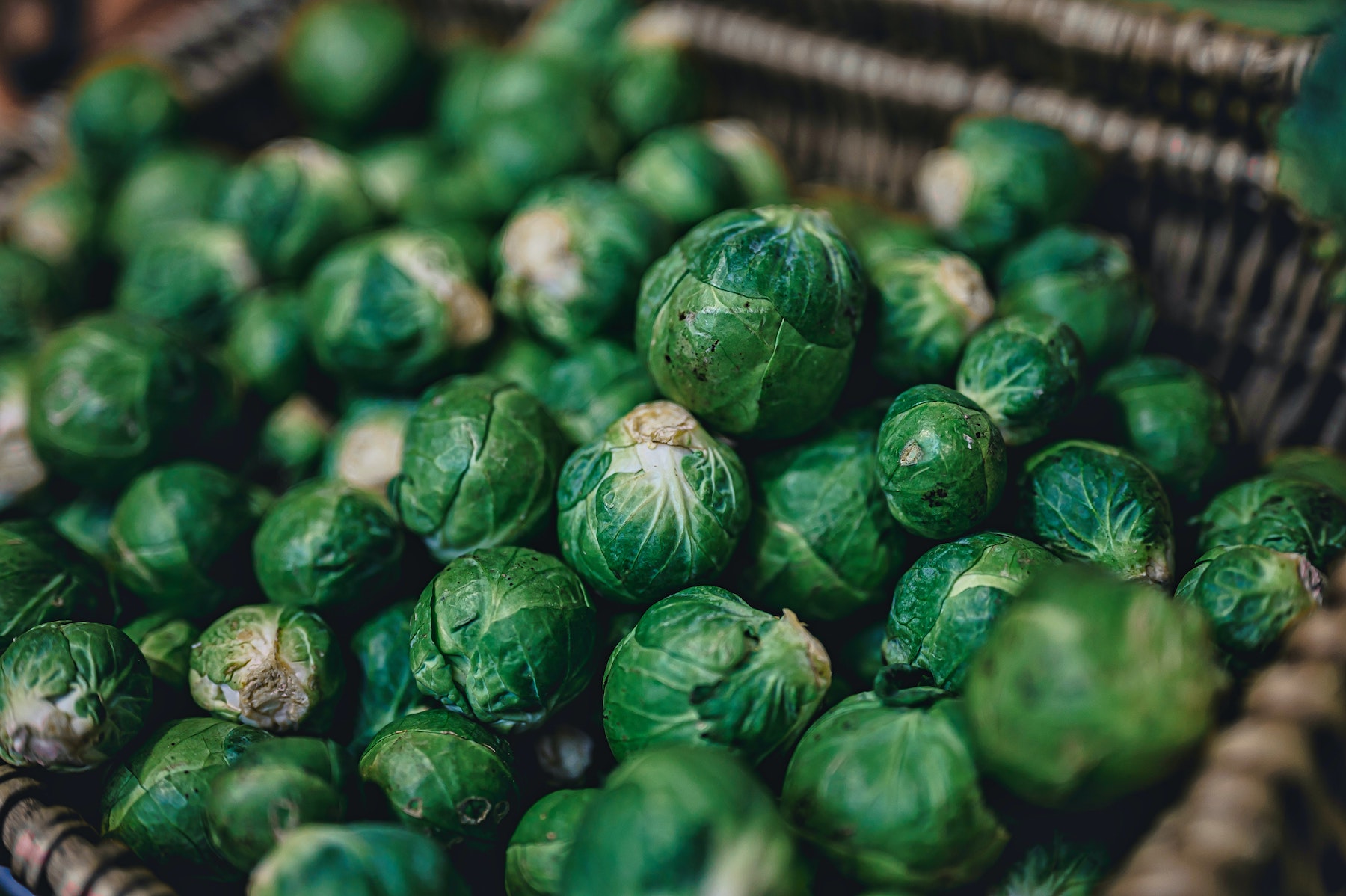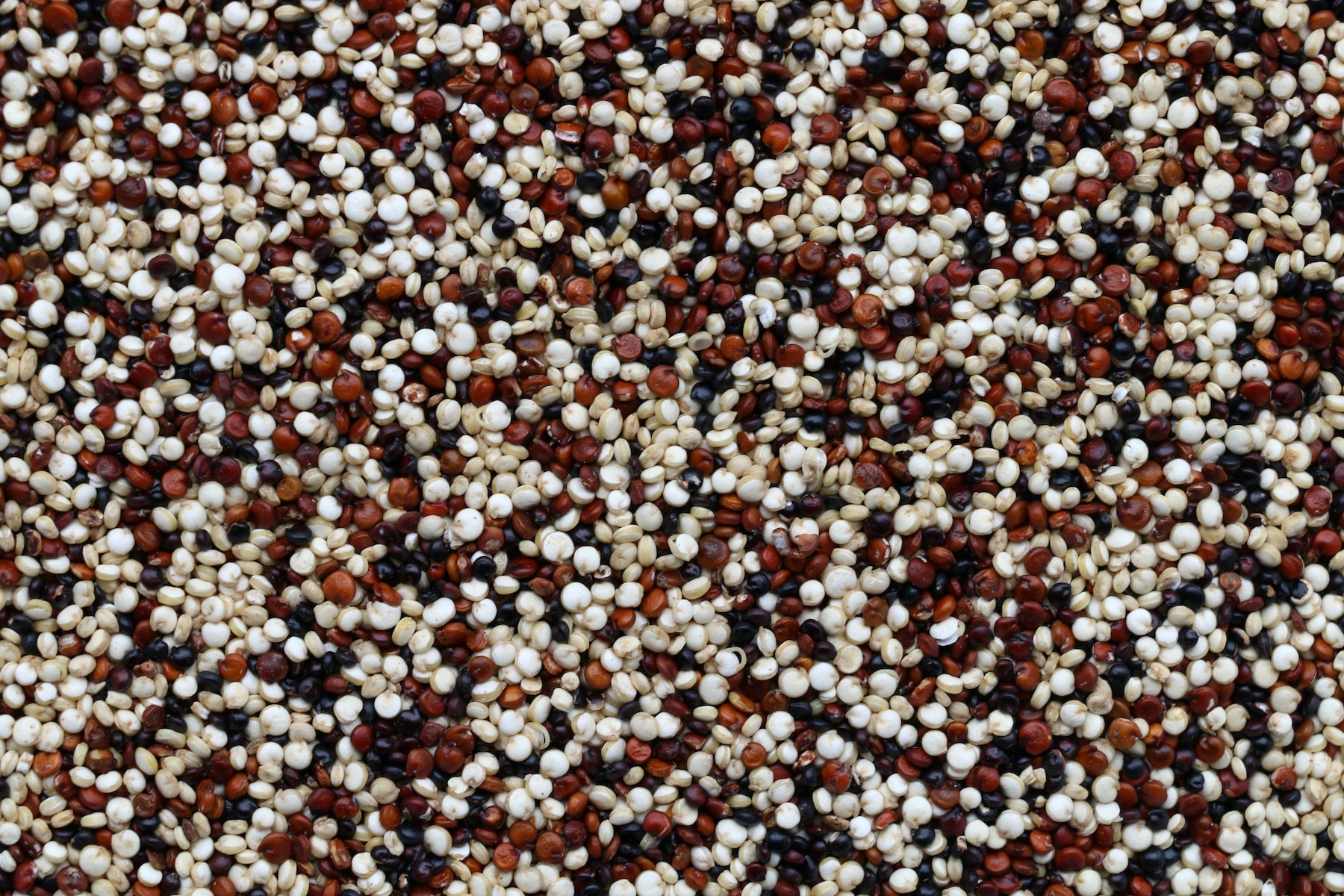What to plant in August
August is the prime time for planting, your market garden is in order and your seedlings are ready to transplant. You can also plant warm-weather crops like tomatoes, peppers and eggplants that require a longer growing season.

But don't worry if you missed the early planting window; there are still plenty of things left to do at this time of year!
Beets
Beets are one of the best crops to plant in August, because they're easy to grow, have an excellent flavor and can be eaten fresh as well as cooked. Beets also contain many vitamins and minerals. They're a great source of fiber and beta-carotene (which turns into vitamin A in the body).

Beets need fertile soil that's slightly moist but not wet; they don't like overly dry conditions or much sun exposure either. You can plant them any time from early spring through late fall in most areas; however, summer is the ideal time for growing beets outdoors because this will give them sufficient time to mature before winter sets in.
Broccoli
Broccoli is a cool season crop that can be planted in early spring and planted again in late summer. It belongs to the cabbage family, along with cauliflower and Brussels sprouts. Broccoli is rich in vitamins A, C and K as well as folate.
Brussels sprouts
Sprinkle a few seeds in the soil where you want to grow your Brussels sprouts. Be sure they're planted in well-drained, fertile soil and that the soil has been amended with compost. If you're growing them in raised beds, space them about 18-24 inches apart.

If possible, plant in full sun for optimal growth. However, if your planting site doesn't receive full sun all day long (which is often true), be sure to rotate your crops on a monthly basis so that each area gets at least some direct sunlight for at least four hours per day.
Eggplant
Eggplant is a warm-season crop that grows best in soil temperatures of 70-80 degrees F. It’s best to start them indoors 6-8 weeks before your last frost date.
Transplant outdoors 3-4 weeks after the last frost date or after daytime temperatures stay above 60 degrees F for several days. You can plant seedlings outside once temperatures remain above 55 degrees F during the day and 45 degrees at night for about 10 days in a row with no chance of frost for about 2 months.
Amaranth
The amaranth plant is not just a warm-weather plant. It can be grown in cold weather and even indoors, but it's most common in the summer. Amaranth has a long history of cultivation, dating back to the Inca civilization of Peru.

The leaves can be used in salads or sautéed like spinach; the seeds (which are also edible) can be cooked like rice or popped like popcorn. Amaranth is a good choice for gardeners who are looking for a crop that can be harvested in late summer; unlike many other grains, amaranth does not require hot temperatures to mature fully.
The leaves contain more protein than spinach and contain significant amounts of iron and calcium as well as vitamins A, C and B6.
Conclusion
So, what do you think? Are you ready to start planting for August? If so, check out our list of the best crops for this month. And if not, don’t worry, we’ve got plenty more going into fall (and even winter)!
Try MarketGardenPro for Free